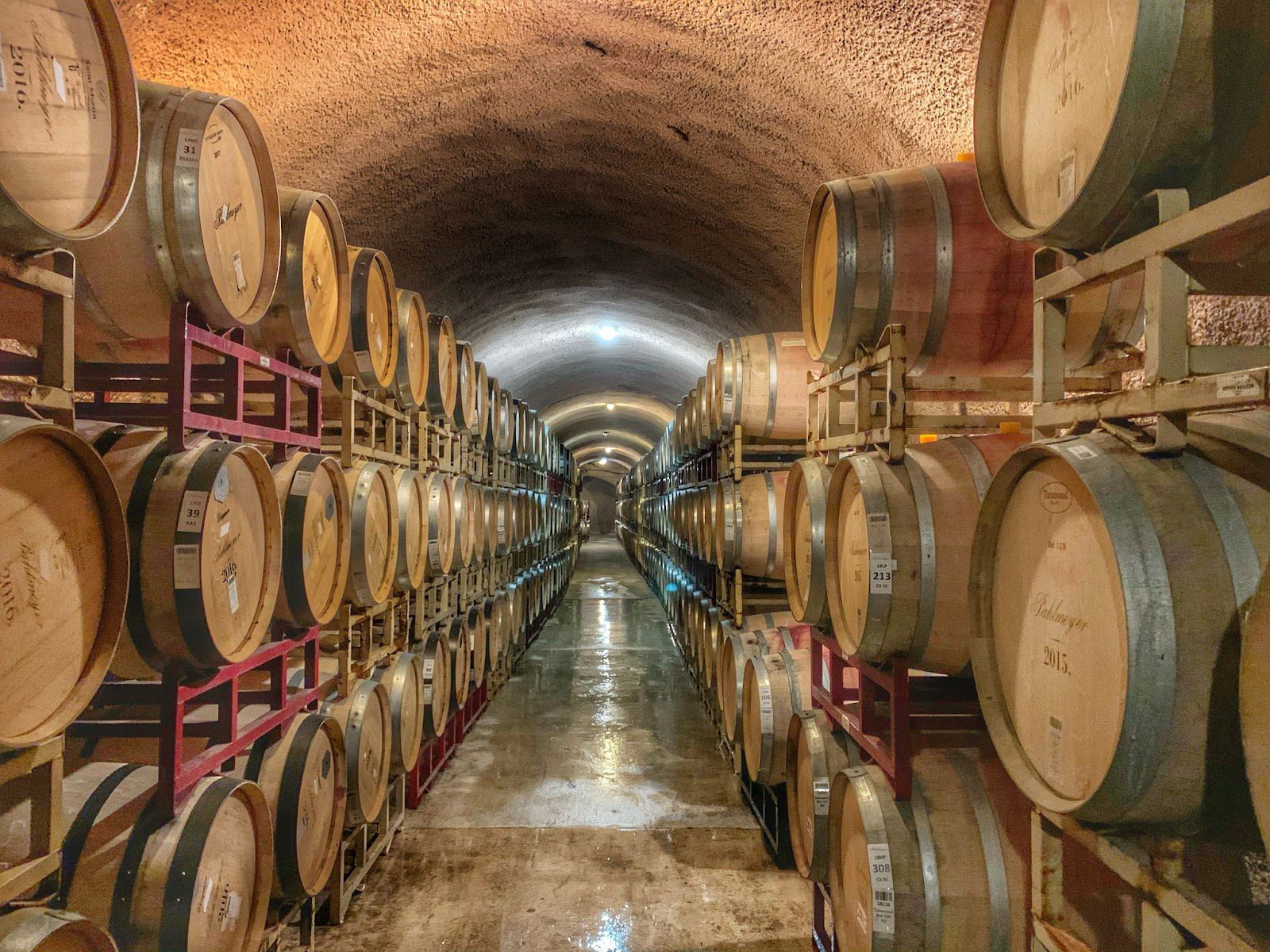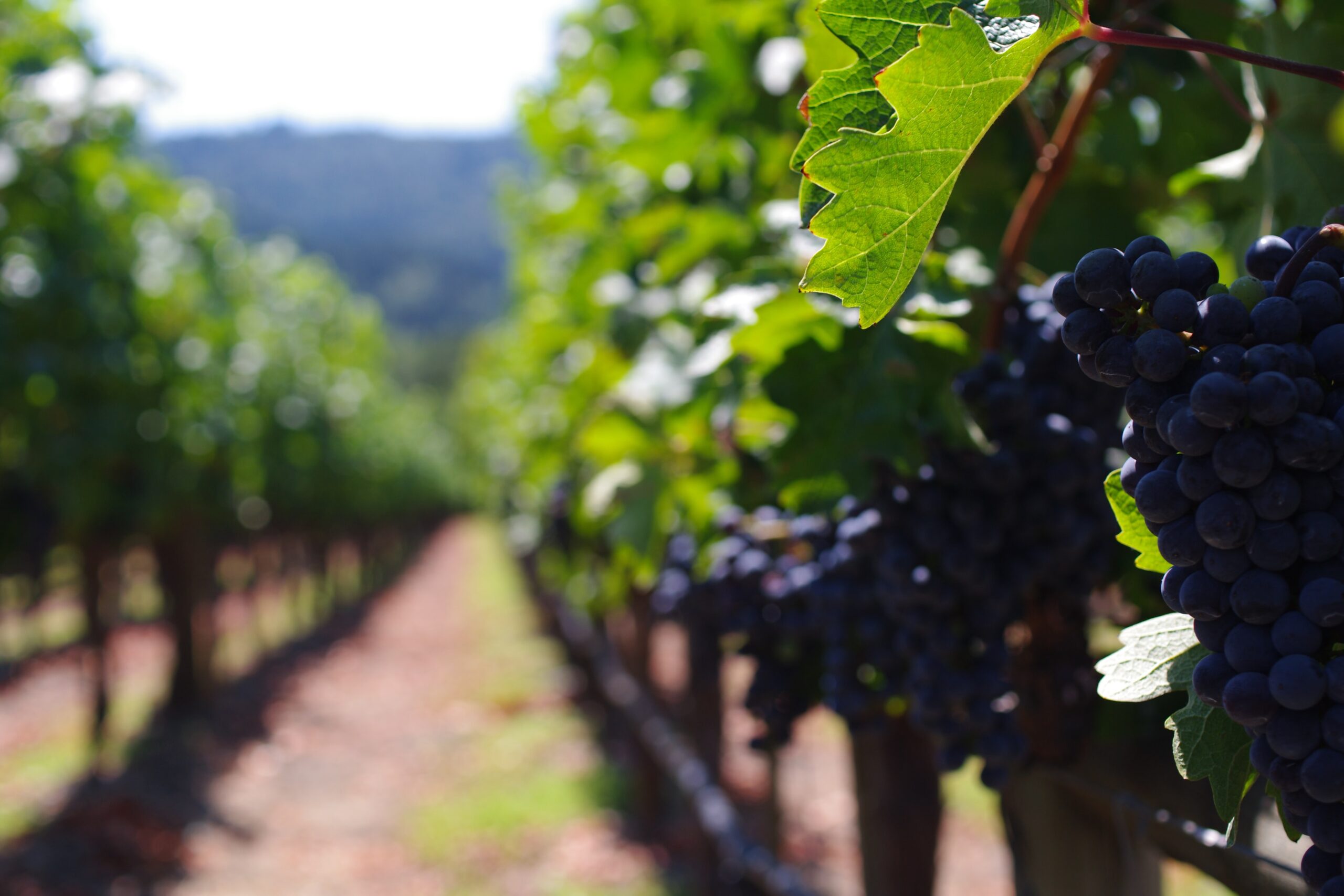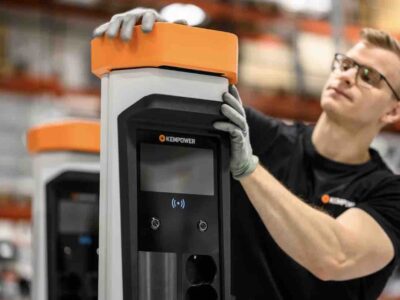Napa Valley has felt the effects of climate change, causing the California wine industry to examine its production methods. In 1998, pesticide pollution was out of control, tainting the water supply due to runoff from vineyards. A nonprofit called Napa Valley Vintners stepped in to introduce new regulations. When that wasn’t enough, a new initiative was implemented, and to this day, Napa Green is the leading authority on sustainable wine production.
Napa Green was created in 2004 to incentivize family wineries and vineyards to monitor consequences of wine-making like soil erosion, pesticide contamination, electricity, water use, and other wasteful practices. Just looking at some of the numbers since Napa Green’s inception, the program’s work in less than two decades is quite remarkable. More than 80% of Napa vineyards are Napa Green-certified, and 12,600,000 gallons have been saved collectively, along with 4,125,00 kilowatts of electricity, the equivalent of $1 million. These outcomes have set the new standard for all California wineries, and many more have worked with Napa Green to create a personal sustainability plan.
Wine-making has always been eco-friendly. A 2021 study on Italian wines noted that greenhouse gases aren’t necessarily due to production but come from bottling, distribution, and vehicles used in farming. With the drought and wildfires pushing Napa and Sonoma Valley to the brink of disaster, almost all vineyards had to adopt sustainable practices. The buy-in from wineries in Napa and Sonoma Valley was incredible. By 2019, 99% of Sonoma vineyards were certified sustainable, and 94% of Napa vineyards were Napa Green-certified.
“Over the past 16 years, our Napa Green land model has done great things to help prevent erosion, to help improve the health of the Napa River Watershed, and to help the Napa River rebound,” says Anna Brittain, executive director of Napa Green.
Brittain has overseen some of the toughest challenges facing California’s wine industry, especially as it seems like there will be more environmental implications with the drought and fires still ongoing. Nevertheless, some of the most famous wineries emerged as fantastic leaders in the sustainability pledge.

Jackson Family Wines, the makers of the popular Kendall-Jackson label, is one of the most noteworthy and prominent manufacturers of Californian wines. As a certified Napa Green vineyard, it publicly announced its sustainability plans to reduce its carbon footprint by half by 2030 and be completely sustainable by 2050. The winemaker already uses up to 30% solar energy to power their vineyard, and it expects that level will rise to 50% by 2025.
The Jackson family also established an international nonprofit dedicated to implementing sustainable methods called the International Wineries for Climate Action (IWCA). Created in 2019 with Spanish winemaker Familia Torres, the IWCA works with vineyards worldwide to become as eco-friendly as possible, intending to be sustainable by 2050. IWCA works alongside the United Nations Race to Zero campaign.
With California’s water and wildfire problems, grape growing and wine production are under threat, and vineyards need to reduce their environmental impact to keep making their product.
However, Napa Green’s sustainability plans go beyond the grapevines and soil. The program awards wineries for other initiatives including being receptive to farmers working the acres, using natural cork over synthetic, and installing EV charging stations.
Napa Green’s mission is to make California’s wine business as sustainable as possible. As the weather in California continues to change, the industry will need to adopt new sustainability efforts. With such a high optimization rate from Sonoma and Napa vineyards, the future of California wine is in good hands.





